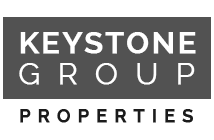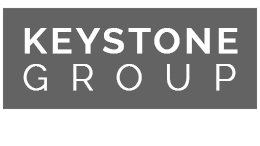California Civil Code 2923.6 California
For information about coastal Los Angeles real estate and Orange County CA homes as well as San Diego homes in La Jolla and Mission Beach, call Bob Cumming of Keystone Group Properties at 310-496-8122. Keystone Group Properties services buyers and sellers of Southern California coastal luxury homes.
California Civil Code 2923.6: California
It appeared the effect of California Civil Code 2923.6 would possibly reduce home loans in California to fair market value in certain situations.
Since then, many decisions have come down from local judges attempting to decipher exactly what it means. Unfortunately, most judges are of the opinion that newly enacted California Civil Code 2923.6 has no teeth, and is a meaningless statute.
Time and time again, California Courts are ruling that the new statute does not create any new duty for servicers of mortgages or that such duties do not apply to borrowers. These Courts then immediately dismiss the case, and usually do not even require the Defendant to file an Answer in Court, eliminating the Plaintiff’s right to any trial.
Notwithstanding some of these decisions, the statute was in fact specifically created to address the foreclosure crisis and help borrowers, as Noted in Section 1 of the Legislative Intent behind the Statute:
The intent of the California Legislature was specifically looking to curb foreclosures and provide modifications to homeowners in their statement of intent. Moreover, Section (a) of 2923.6 specifically references a new DUTY OWED TO ALL PARTIES in the loan pool:
California Civil Code 2923.6(a) specifically creates to a new duty not previously addressed in pooling and servicing agreements. It then states that such a duty not only applies to the particular parties of the loan pool, but all parties. Those same duties extend to all parties in the pool if a duty exists in the pooling and servicing agreement to maximize net present value between particular parties of that pool.
So how do these Courts still decide that no duty exists? How do these Courts dismiss cases by finding that the thousands of borrowers of the loan pool that FUND the entire loan pool are not parties to that pool? If they are really not parties to the loan pool, then why are they even required to make payments on the loans to the loan pools? The logic from these courts that there is no duty or that such a duty does not extend to the borrower is not correct in our opinion.
Whatever the reason, there appears a great injustice is occurring to defaulting homeowners, and the housing crisis is only worsening by these decisions.
Yet the reality is that much of the current housing crisis has a solution in 2923.6, and is precisely why the legislature created this legislation. It’s very simple:
Modify mortgages, keep people in their homes, foreclosures and housing supplies goes down, and prices stabilize. More importantly, to
The Servicers and Lender’s, are now better off since they save about $50,000 or more in foreclosure costs when modifying a loan.
Thus it is strange why most Courts are ruling that the California Legislature spent a lot of time and money writing a meaningless statute with no application or remedy to those in need of loan modification. There are some courts that are becoming more involved to better understand the intent of the legislature. One recent ruling against a mortgage company’s motion to dismiss a lawsuit by ruling that 2923.6 is not a matter of law that can be decided in the beginning of a lawsuit to dismiss it, but is instead a matter of fact that needs to be decided later.
Dana Point CA homes for sale


